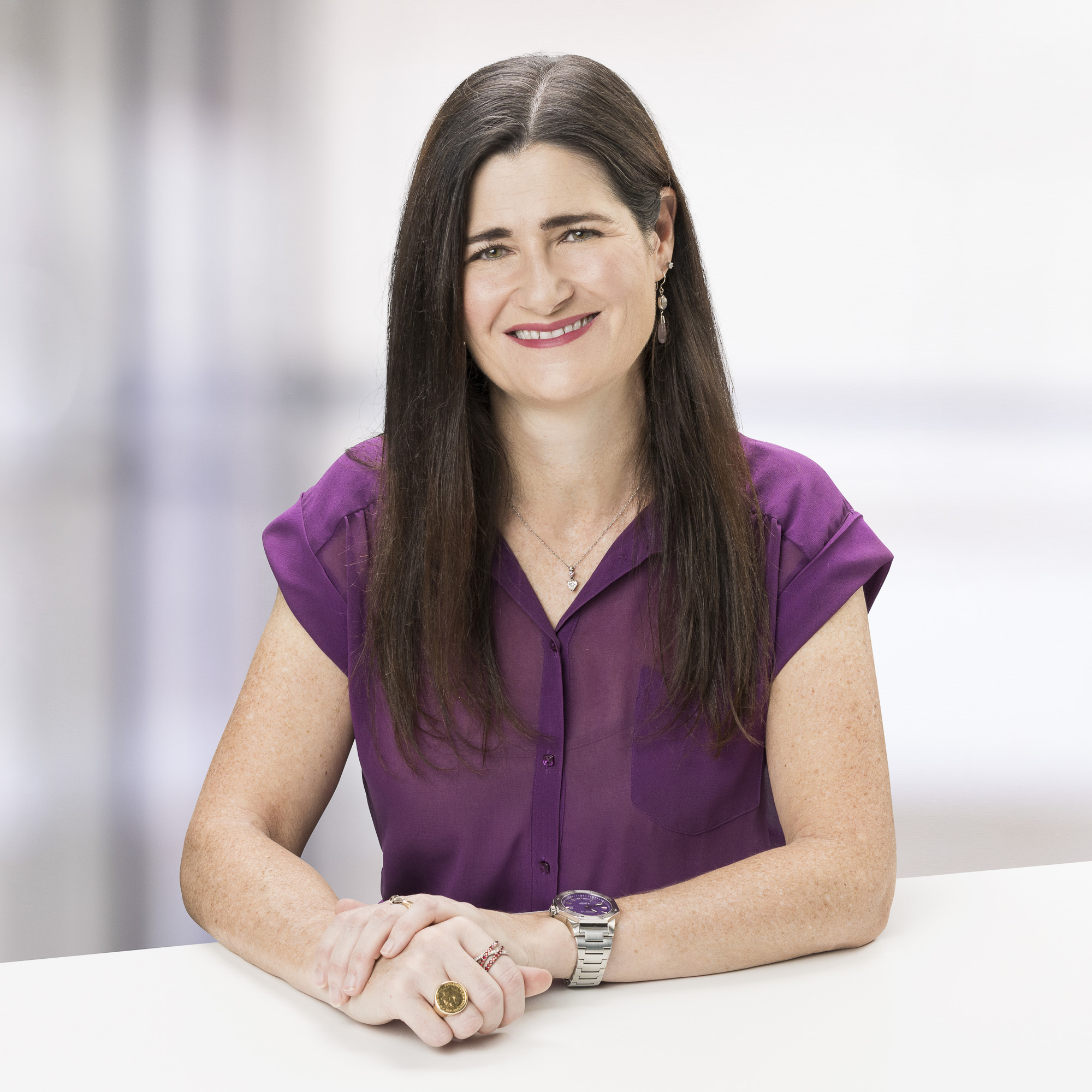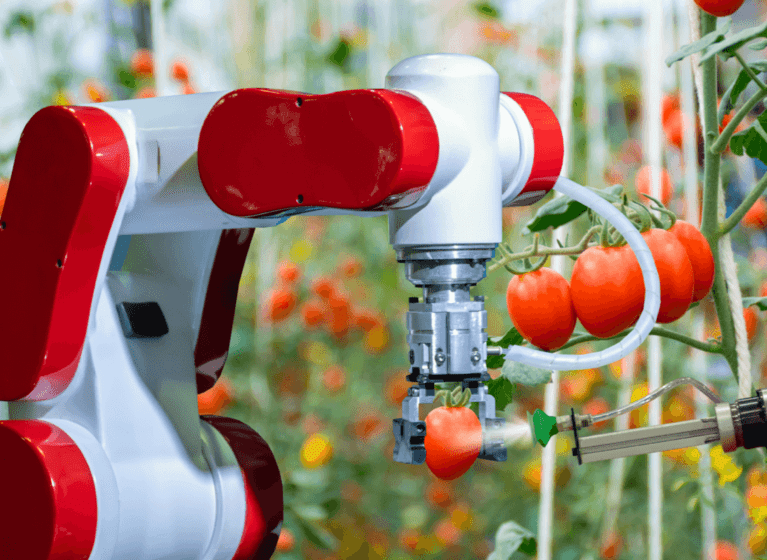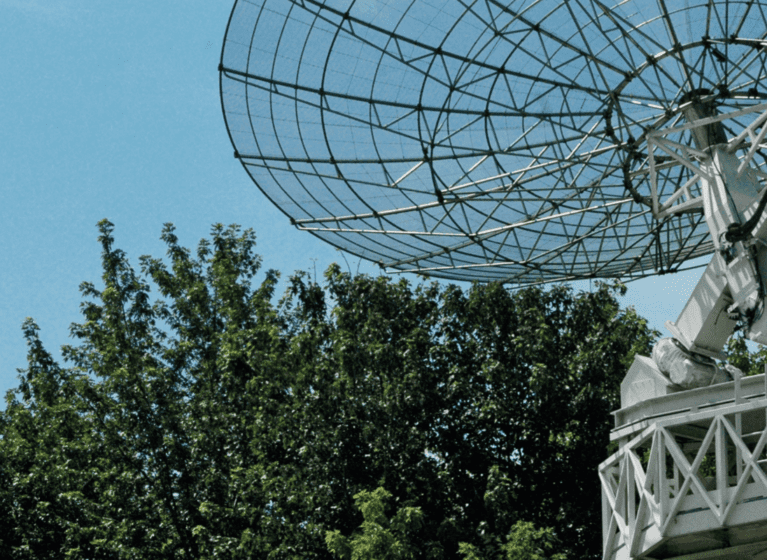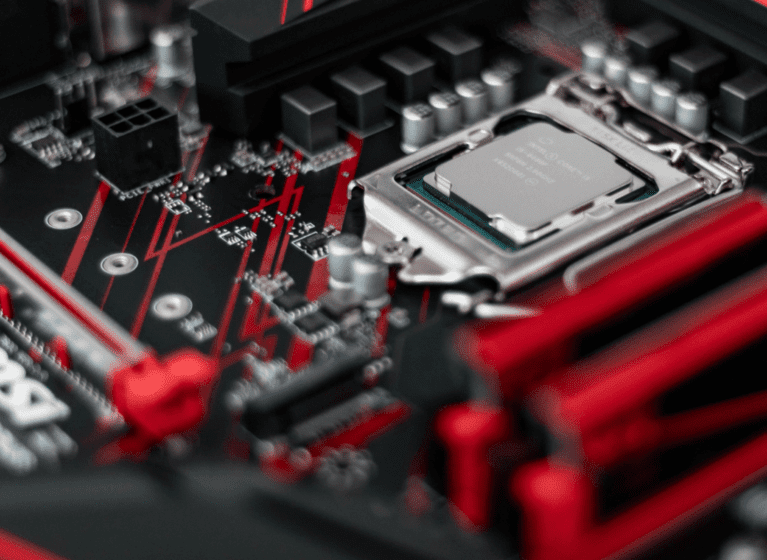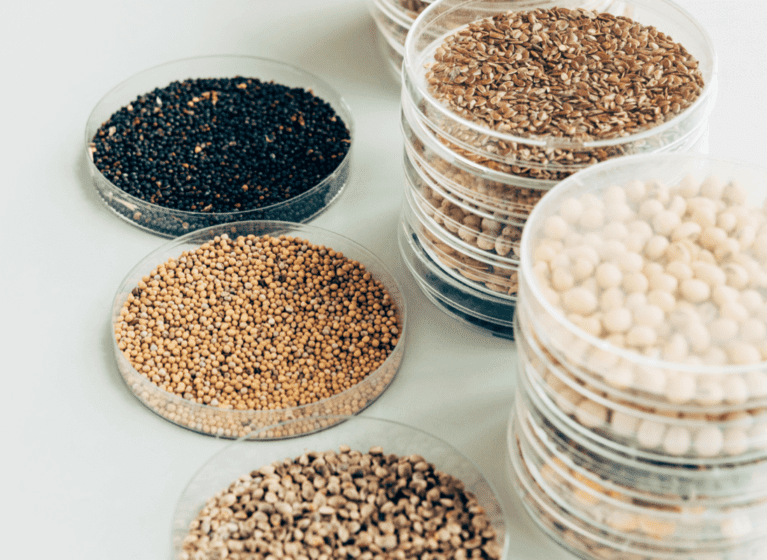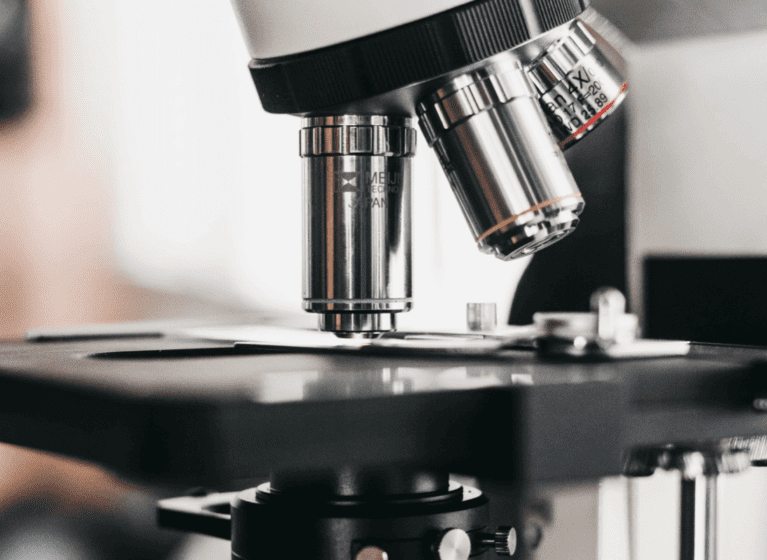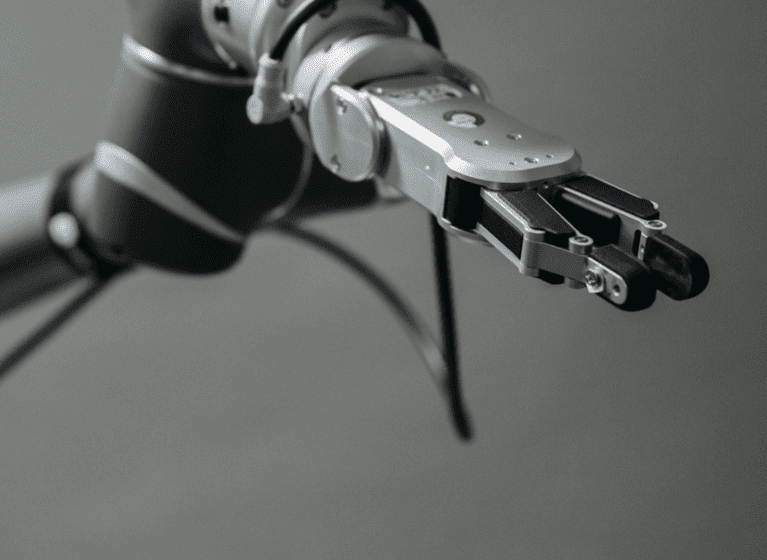2022 was a big year for patent law in Australia. So it comes as somewhat of a relief for patentees and applicants that 2023, by comparison, was much smoother sailing and in fact, gave us some useful guidance.
- The Full Federal Court gave to the Australian government with one hand, confirming that they likely do suffer loss as a result of injunctions being granted to stop a generic from launching. But did they take away with the other hand by saying the government effectively needed the co-operation of the generic to prove it?
- Support/sufficiency was on the minds of many, with the court giving us guidance on how adequately your provisional application needs to disclose your invention to support your priority claim. We also had the first appellate judgment of the Federal Court that considered the validity of a patent under the post-Raising the Bar (RBT) law of sufficiency. But did it also give us a new element to the test for sufficiency?
- The Federal Court gave us a ‘tangible’ example of how to get computer implemented inventions granted in Australia, and the Full Federal Court reminded legal practitioners to stay in their lane when it comes to preparing expert evidence.
The Australian Government can claim damages against originators. And their loss is likely a direct result of an injunction. But can they prove it?
Commonwealth of Australia v Sanofi (formerly Sanofi-Aventis) [2023] FCAFC 97
2023 kicked off with the decision that originators and generics had been waiting for with bated breath: whether The Commonwealth of Australia was entitled to seek damages from originator companies under circumstances where they suffer losses arising from the granting of an interlocutory injunction restraining the launch of a generic drug – and the subsequent statutory price reduction of the originators medicine that is triggered by the launch – when ultimately the originator’s patent is found to be invalid.
The conclusion? Yes in theory, but no in this instance.
The Court in the first instance decision found that The Commonwealth was entitled to seek compensation, but failed on the “directness question” of whether The Commonwealth’s loss flowed directly from the interlocutory injunction (see the detail in the report above). The Full Court in contrast found the trial judge erred in his approach to the question and should have found that The Commonwealth’s loss did flow directly from the interlocutory injunction. But the Full Court concluded that The Commonwealth failed to prove that the generic would have launched “but for” the injunction.
While this decision arguably lowers the threshold for the directness test, it does raise the question of whether generics will be willing to co-operate with The Commonwealth in meeting the evidentiary hurdle.
But wait! This is not the end of the story because The Commonwealth sought, and was granted, special leave to appeal to the High Court of Australia against the dismissal on 18 December.
For those seeking a reminder of the details and circumstances surrounding The Commonwealth’s claim, see our previous article, ‘Look before you leap: seeking to enforce your pharmaceutical patent may lead to unintended consequences’.
The tangibility of CII in Australia
UbiPark Pty Ltd v TMA Capital Australia Pty Ltd (No 2) [2023] FCA 885 at [205]
This time last year we reported on the 3:3 split (and therefore non-binding) decision from our highest court (the High Court of Australia) on the patentability of computer implemented inventions (CII). 2023 gave us our first insight into how the Federal Court would apply the insights and guidance offered in the High Court decision.
The case involved a patent for a “system, method and computer program for an access control system”, relating to apps for controlling access to restricted car parks. The claims were directed to a communications system, computer program and mobile device configured to determine signal strengths of entry signals and exit signals to control a user’s entry into and exit from a restricted area, in conjunction with the use of authorisation data. In considering the patentability of the claims, the judge drew on the points that all 6 judges of the High Court agreed on:
- the court should focus on the substance of what is claimed, and not the form, and accordingly there is a need to first characterise the invention
- schemes and plans that are not inherently patentable and which are merely implemented on a generic computer do not become patentable as a result
- patentable subject matter may result where there is something more than mere implementation, which may include an improvement in the operation of the computer
His conclusion that the claims did represent patentable subject matter hinged on satisfying the test that many previous Federal Court decisions relied upon: “In relation to computers and computer-related technology, it has been held in decisions of the Federal Court that a claimed invention will be a proper subject of letters patent if it has some ‘concrete, tangible, physical, or observable effect’, as distinct from ‘an abstract, intangible situation’ or ‘a mere scheme, an abstract idea [or] mere intellectual information’.”
The tangible outcome here? The opening of the entry barrier and the exit barrier (even though this was not explicitly claimed). The Judge noted that although the invention as claimed constituted an abstract idea, it was implemented on a computer to produce an artificial state of affairs [opening of the entry and exit barrier] and provided a useful result [granting entry into, and exit from, a restricted area].
But the entry barrier wasn’t lifted for this particular machine learning invention
PayPal, Inc. [2023] APO 54 (27 October 2023)
It is an invention with good intentions: an improved recommendation system that generates recommendations (e.g. for donating to charitable causes) using machine learning, by inputting recommendation scores from two different machine learning models into an ensemble machine learning model.
But a patent office Delegate concluded that the invention was not technical in nature. While it utilised a new combination of machine learning models, the delegate did not think that this new combination of individually known machine learning models represented a technical contribution or was foreign to the normal use of computers. Further, the Delegate deemed the invention to have addressed a business problem (personalised recommendations for customers) and hence concluded that it was a business solution rather than a technical innovation with a tangible outcome, and with no improvement or adaptation to computer function that might afford patentability.
Specifically the Delegate explained:
“While this may be a complicated arrangement for data processing, it remains to my mind simply a scheme for processing data, with no improvement or adaptation to computer function which might afford patentability. For completeness, I do not consider that an application of machine learning must inevitably lead to an invention that is technical in substance simply because of the requirement for technical elements. All inventions implemented on computers inherently require technical elements, but the outcomes in [other recent Australian court cases concerning the patentability of computer implemented methods] clearly demonstrate that this is not sufficient to found patentability; something more is required”.
So while it was a “no” to this particular ML invention, this decision at least provided guidance on how the Australian Patent Office is continuing to apply the tests for patentability.
Edit your genes but don’t edit your provisional application. CRISPR gives us a priority lesson
ToolGen v Fisher (No 2) [2023] FCA 794
CRISPR. Few outside of the realm of molecular biology can tell you that it stands for “clustered regularly interspaced short palindromic repeats”. But most in the patent world will be aware of the highly contentious nature of the patents and applications directed to it. Australia is no exception and like other jurisdictions, it was predominantly a question of priority. This decision held that ToolGen was not entitled to claim priority from the first filed application as the claimed invention was not sufficiently disclosed in the first priority document. As a result, there was intervening art that deprived the claims of novelty and inventiveness.
Justice Nicholas agreed with the respondents that the provisional application was not an enabling disclosure of (among other things) a system for cleaving DNA using Cas9 derived from a bacterial species other than S. pyogenes. His Honour went on to reject ToolGen’s position that even if the provisional application did not disclose the use of Cas9 derived from other bacterial species, it was enough that the provisional application enabled the use of other Cas9 proteins by the skilled person without undue burden.
The bottom line: a provisional application must disclose and enable the claimed invention. Statements of generality (in this case regarding the existence of Cas9 proteins derived from other bacterial species and the possibility that they may be used to mediate DNA cleavage), and supposition of a possibility is simply not enough. His Honour also concluded “it is not sufficient for the priority document to provide a starting point from which the person skilled in the art may transition from one invention to another by use of the common general knowledge”. Which is what, it was concluded, using a different Cas9 protein amounted to.
Perhaps when you reflect on the identical statutory requirements for the provisional (s40(1)) and complete specification (s40(2)a) to disclose the invention in a manner which is clear enough and complete enough for the invention to be performed by a person skilled in the relevant art, the outcome in this decision comes as no surprise. If it was intended for the disclosure requirements in the provisional and complete application to be different, would the Act have used different statutory language?
The need to sufficiently support safety
Jusand Nominees Pty Ltd v Rattlejack Innovations Pty Ltd [2023] FCAFC 178 (13 November 2023)
Towards the end of 2023 we saw the first appellate judgment of the Australian Federal Court to decide on the validity of a patent under the post-Raising the Bar (RBT) law of sufficiency. The changes brought in by the RBT amendments included an expansion of the requirement of the skilled person needing to produce “something” within the claim to needing to be able to perform the invention across the full scope of the claim without undue burden.
The technology in question from Jusand was a safety system that plugged bore holes that contained broken drill rods, to guard against the broken drill rod from giving way and falling into the tunnel. Having being found invalid for lack of support and sufficiency in the first instance decision in 2022, Jusand appealed.
The issue was that the claims of the patents did not mention the nature of the materials from which the safety system could be made. The claims encompassed a system manufactured from a range of materials, and expert evidence established that it was plausible a range of materials could be used, but the specification only provided information and examples for making the safety system out of steel. Accordingly, if the range of material options from which the safety system could be made significantly affects its utility for purpose (where that purpose is assessed by reference to the essence or core) then the range is a “relevant” one.
In arriving at the same conclusion as the trial judge, that the claims lacked support/sufficiency, the Full Court assessed that purpose by starting with the invention as claimed but extending “into the invention’s essence or core. An assessment of that essence or core is likely to include a consideration of the patent’s technical contribution to the art and may involve an assessment of what it is that makes the invention inventive”.
The Court found that the range of materials from which the Safety System can be made is part of the ‘essence or core’ of the invention and therefore the range was relevant. It followed that the specification needed to enable the person skilled in the art to perform the invention across the full scope of the claim including that range.
But that may not be the final curtain as Jusand has applied for special leave to appeal the decision to the High Court of Australia. Perhaps then we will find out if Australian patent law has a new non-statutory concept that requires an assessment of the “essence or core” of an invention.
The importance of the independence of your independent expert witness
New Aim Pty Ltd v Leung [2023] FCAFC 67
An appeal decision serves as a reminder to patent attorneys and solicitors to be very careful about the line between permissible assistance in drafting expert evidence and influencing an expert’s opinion.
“An expert witness is not an advocate for a party and has a paramount duty, overriding any duty to the party to the proceedings or other person retaining the expert witness, to assist the Court impartially on matters relevant to the area of expertise of the witness”. These are the words from the Harmonised Expert Witness Code of Conduct that every expert witness giving evidence in The Federal Court of Australia must read, and agree to be bound to. In turn, the court’s Expert Evidence Practice Note affirms that “Parties and their legal representatives should never view an expert witness retained (or partly retained) by them as that party’s advocate or “hired gun”. Equally, they should never attempt to pressure or influence an expert into conforming his or her views with the party’s interests”.
In the first instance decision the entirety of one of the expert’s evidence was dismissed as the judge was not satisfied that the opinions expressed in her report represented her honest and independent opinions. This opinion was partially informed by the timing of a letter of instruction to the expert being after drafts of her evidence had been prepared and only one day before her final report, and the “striking similarity” of the contents of the report itself to another of New Aim’s witness statements.
On appeal, the Full Court overturned the decision and remitted the matter for retrial – with the evidence back in play. But at the same time, the Full Court took the opportunity to provide some guidance on the issues including clarifying where the line was: legal practitioners can have an active role in gathering and putting evidence into an appropriate form but “At the core of these [requirements] is a requirement not to influence a witness’s evidence.”
